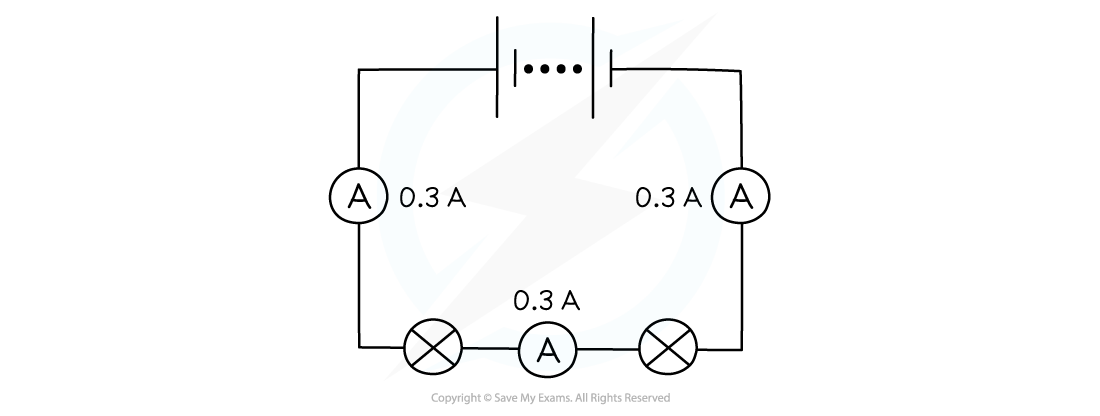Current in Circuits
- A current will flow in a circuit if:
- The circuit includes a source of potential difference
- The circuit is closed - i.e. there are no gaps in the circuit
- Sources of potential difference include:
- A cell
- Batteries (multiple cells)
- Electrical generator




 What is the reading on ammeter A2?
What is the reading on ammeter A2?
